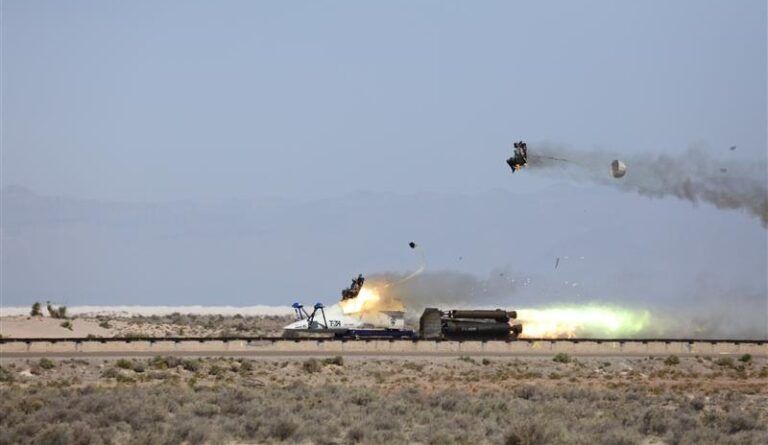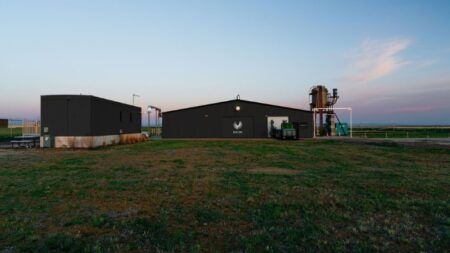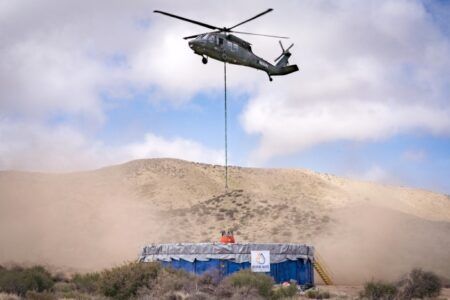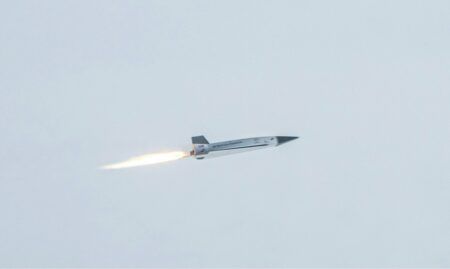Engineers working on the US Air Force’s Life Cycle Management Center’s T-7A Red Hawk program achieved a major milestone as the 846th Test Squadron at Holloman Air Force Base executed a high-speed test of its new escape system last month.
During the simulated 450 knots effective airspeed ejection on April 16, the system met all test objectives.
Initial results demonstrated that the system kept both lighter-weight and heavier-weight test mannequins safe, showcasing significant improvements in pilot safety.
The test focused on putting two key upgrades – a redesigned canopy ejection system and a new seat sequencer.
The new canopy system, designed to break apart in a safer pattern, successfully protected the test mannequins from potential impact with shattered glass. The modernized seat sequencer performed as desired, deploying the stabilizing parachute for a longer duration to reduce the likelihood for neck and spine injuries and ensuring a smoother, safer descent.
This test brings the US Air Force a step closer to fully qualifying the T-7A Red Hawk’s escape system for instructor and student pilots.
With another test scheduled for August, the program continues to make progress in ensuring the safety of those who will fly the T-7A Red Hawk in the decades to come.
The US Air Force awarded Boeing a US$9.2 billion contract for 351 T-7A advanced trainers, 46 simulators and support in 2018. The T-7A will replace the Air Force’s aging T-38 aircraft.





